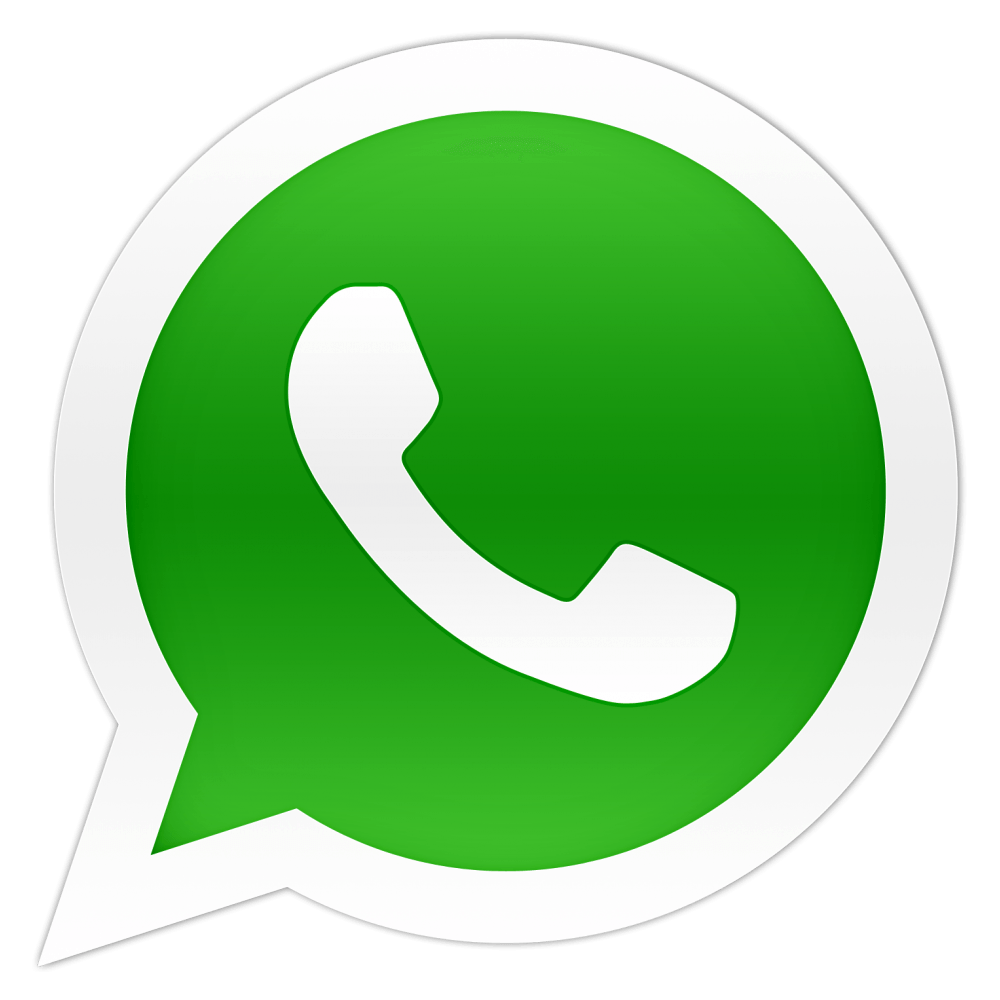Tonsıl Adenoıd Ear Tube Surgerıes
Your child or you have undergone Tonsil (), Adenoid (), Ear Tube Placement (). The following topics have been prepared for you to help you in the first few days after surgery and to answer any questions you may have.
DIET
Nothing should be eaten or drunk for the first 3 hours after surgery.
Only cold, soft, juicy and non-grained foods can be eaten in the first 3 days (milk, puree, fruit juice, yoghurt, pudding, pasta, ice cream, etc.).
In the following days, you can gradually switch to other juicy and soft foods, provided that it is warm.
Moderate amounts of ice cream and cold drinks relax.
Don't let your child eat less, especially on the first day, his appetite will increase a little more the next day.
Due to the operation under general anesthesia, nausea and vomiting may occur until the evening of the first day after surgery, it is normal.
You must follow this diet list recommended for 2 weeks.
ACHE
After the tonsil surgery, the pain is severe in the first few days. While the complaints decreased day by day after surgery, 3.-12. Pain may increase again as the whitish membrane covering the area where the tonsil tissue was taken is separated on days.
Neck pain and bad breath may develop in patients with nasal surgery. These symptoms disappear within a week. It usually takes a few weeks for the surgical field to fully recover. Do not be afraid of the white cloth covering the operation area, this is a normal healing effort.
During the recovery period, 5-10. Pain in the ears between days is one of the most common findings. This ear pain is the pain reflected from the tonsil area, it is not a pain that develops as a result of an ear infection. You don't have to worry.
MEDICINES
When you are discharged, your doctor will prescribe antibiotics and pain medication. You should use these drugs for at least a week.
Do not use drugs that are not recommended by your doctor (Aspirin and similar).
You should be careful not to take medication on an empty stomach. This can increase your symptoms of nausea and vomiting.
REST
You should rest your child for the first 3 days after surgery. Then, as time passes, you can gradually allow your daily activities.
If you need to get a report for the school or workplace, remind this request to the ENT secretary at the service while you are checking out.
FIRE
A mild fever is expected after tonsil and / or adenoid surgery. This fever may occur because of mild fluid loss and the healing process in the mouth continues. If the fever goes above 38oC, please call us.
SMELL
During the healing period of the area where the tonsils are removed, your child's breath may have an unfamiliar bad odor, this is a temporary situation.
Your child may have a lot of phlegm in his throat, and the amount of phlegm that accumulates increases as the child refuses to swallow or eat. This is normal and does not require intervention. However, in such a case, your child needs to drink more. This situation improves as they are fed orally.
BLEEDING
Bleeding is a complication that can be seen after tonsil and / or adenoid surgery.
The periods when bleeding is most common are the first few hours after surgery, and from 4 to 8. between days.
Postoperative 4-8. It is normal to see a white or yellowish membrane where the tonsils were removed between days. This shell-shaped structure separates from the underlying structures as the wound heals and disappears. Although there are bleeding during this time, it is very little and stops without requiring intervention. Gargling with cold or ice water is helpful in stopping this bleeding.
If the bleeding is severe and has not stopped after a while, you should call us immediately.
Pay attention to the following issues after the tube placement surgery.
A small amount of blood or a bloody mucus may come from the ear in which the tube is inserted after the surgery, this is due to the procedure performed on the eardrum, you do not need to worry.
· Your first control after tube insertion will be made 1 week after the operation, and your other controls will be made at three-month intervals.
In many cases, tubes are removed from the ear spontaneously within 4-8 months without the need for intervention. If it has not been disposed after two years, we recommend that you have the tubes removed.
· Some children may have discharge from the ears after inserting the tube. This may be caused by an infection or by contaminated water in the ears. Although ear discharge is a possible sign of infection, it shouldn't worry you too much.
If your child has pain in the ear with discharge, consult your doctor.
· While taking a bath after the surgery, the ears should be clogged with vaseline cotton and you should be careful not to leak water.
We hope that you will benefit from this surgery and that your next life will be healthy and peaceful.
